What Hi-Fi? Verdict
Surprisingly big but surprisingly comfortable, the Shure Aonic Free are agile, clear and analytical true wireless solutions
Pros
- +
Accurate, clear presentation
- +
Analytical and spacious
- +
Intuitive app
Cons
- -
Case is bulky
Why you can trust What Hi-Fi?
Considering the huge success that true wireless earbuds continue to enjoy (it’s no exaggeration to say that they can be spotted poking out of every other ear one passes on the street), it is somewhat bizarre to note that Shure only managed to release its debut pair, the Aonic Free, in 2021.
The company is no stranger to wireless tech nor to excellent headphones (far from it, in fact), but until the Aonic Free's release, the firm’s offerings had all featured hooks to go around your ear plus the ability to attach wires to each unit and go wired, rather than adopt the now-ubiquitous, entirely wire-free ‘buds’ design. But they’re here now and, given the care Shure typically takes over its products, coupled with a rich history of Award-winning wired in-ears, we’re more than a little excited to see what the Aonic Free can do.
Price
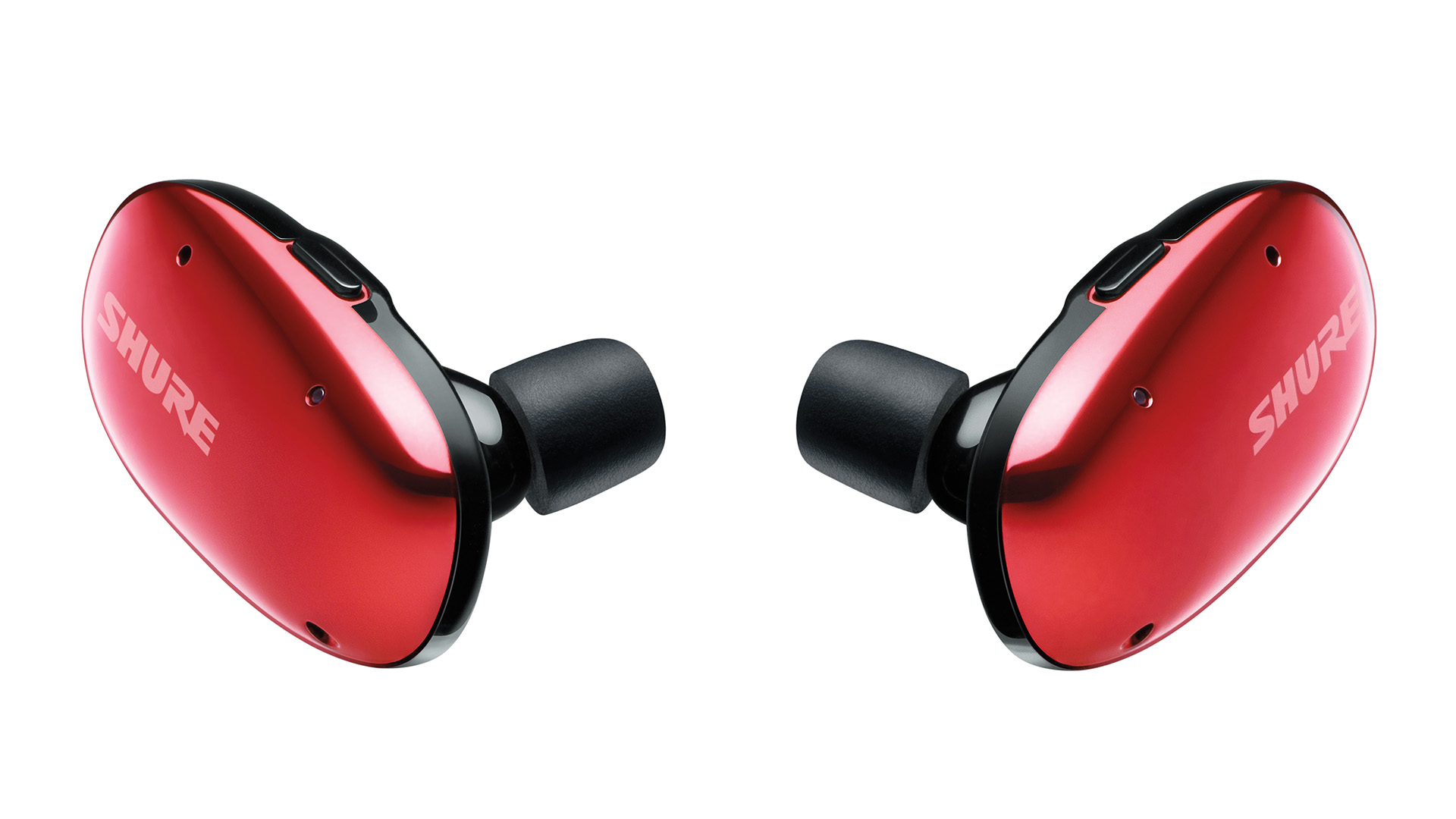
At £179 ($199), Shure’s Aonic Free come in a little hot, given their feature set (which is devoid of active noise cancellation), fairly standard battery life (seven hours from the buds plus two full charges in the case for a 21-hour total), and lack of an IPX rating. That said, experience has proven that Shure is a brand capable of sonic greatness at this level. So if that too is onboard, we certainly still are.
Build
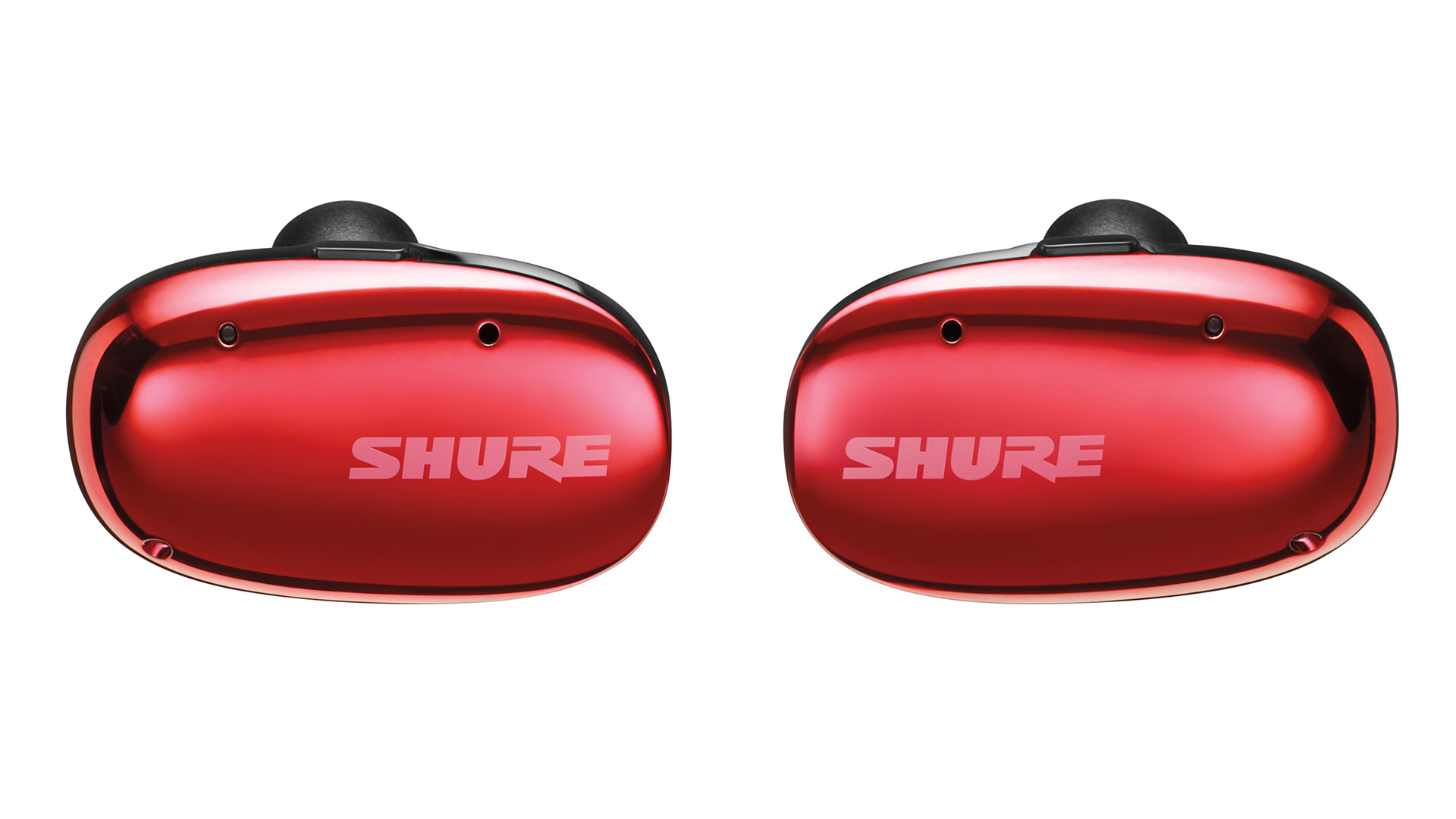
Of the scores of true wireless earbuds that have passed through our testing process, the Shure Aonic Free are among the biggest earpieces we’ve seen. By today’s standards, they look positively daunting – especially for those with smaller ears. The top of the driver housing is pill-shaped, but place your thumb on it and you’ll still see all of its edges. Another, more traditional bud-shaped housing is attached beneath it too, with the neck of the bud mounted on an angle. Inside each earpiece is Shure’s single dynamic micro-driver. Physically, it’s a design that puts us in mind of a Bluetooth headset – the kind BMW drivers used to wear in 2006 while hogging the middle lane of the motorway and barking at employees.
As a result (and because unlike those Bluetooth headsets, Aonic Free comprises not one but two earpieces), the case is also large. It has decent magnets to keep it shut and boasts a useful LED light that glows red when the earphones are charging (or the case itself is low on juice), orange when the case itself is charging, green when the case is fully charged and goes off when the buds inside are fully charged. It is easily twice and sometimes three times the size of other cases we’ve tested – think folding reading glasses case rather than box of dental floss.
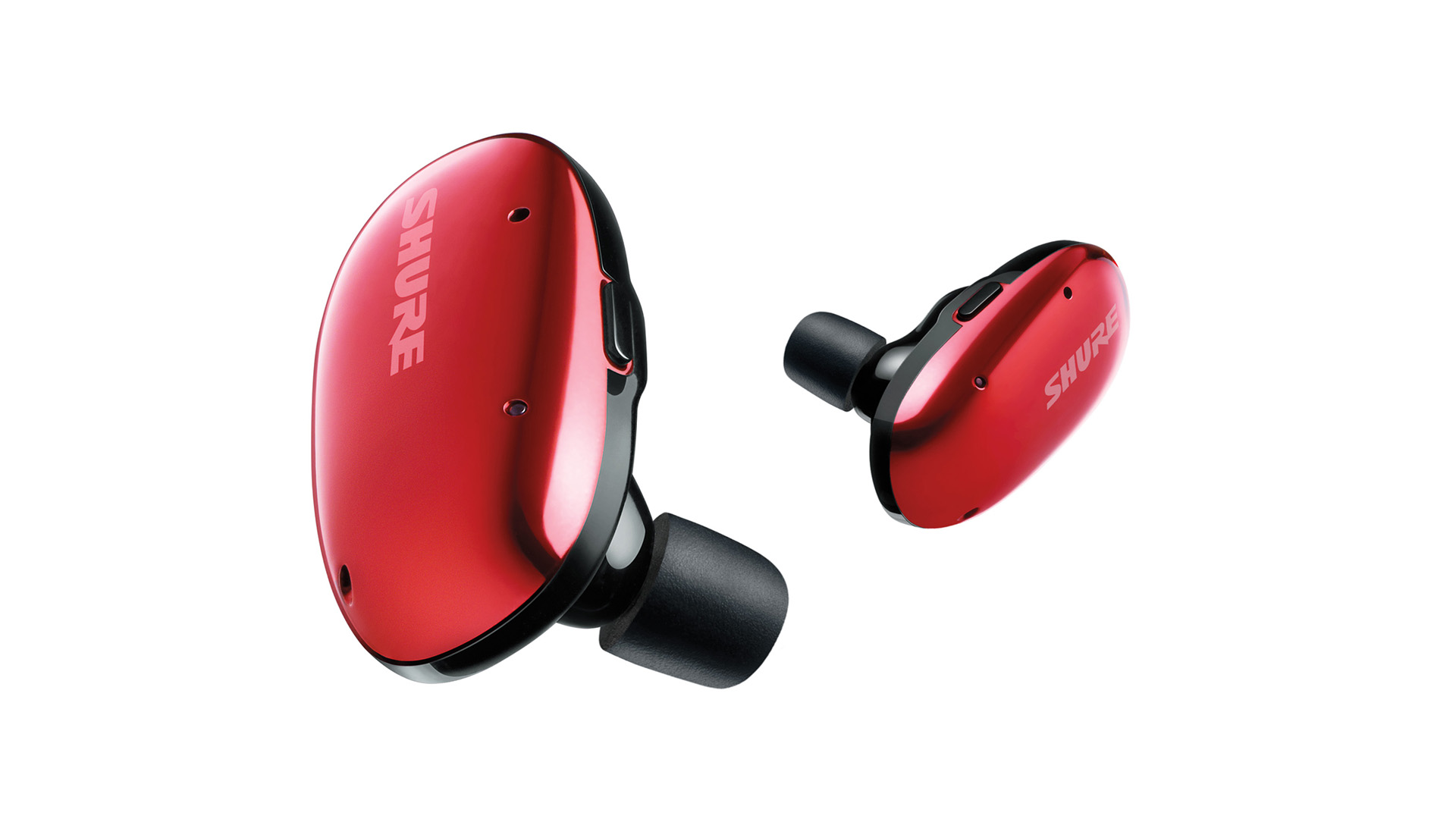
Finishes x2
Battery life 7 hours (buds); 21 hours (total)
Weight 13.4 g
Transducer type Single Dynamic MicroDriver
Bluetooth support aptX, SBC, AAC
Now, the good news: the earpieces fit securely, a fact helped immeasurably by the premium comply memory foam tip options supplied, in a total of three sizes. If such a thing as retro true wireless earbuds exists these days, the Aonic Free embody that (no bad thing, given they are comfortable). The on-ear controls work well, too, and they’re married to some great software.
Unlike other designs which sport touch-capacitive controls using sensors (often with varying degrees of success), there’s a single tactile button on the top edge of both earbuds here. Because of the size of the units, the buttons are easy to find and they work really well. Single, double or triple pressing these buttons handle all of the functions you need and, if a different solution feels more intuitive (you’d prefer a triple-press to summon your device’s voice assistant on the left earpiece and Environment Mode on the right, for example), you can tailor it in the app.
The latest hi-fi, home cinema and tech news, reviews, buying advice and deals, direct to your inbox.
Thankfully, volume adjustment is also on the menu via a single tap and then a long-hold to increase playback volume (right earpiece) or decrease it (left earpiece). It’s a solution that never fails us. Similarly, call handling is a breeze and you can customise the functionality here too – we particularly enjoyed the option to mic-mute with a double-press and to deploy ambient aware mid-call with a triple press. With aptX support for higher-quality streaming, too, things are looking very good indeed.
Features
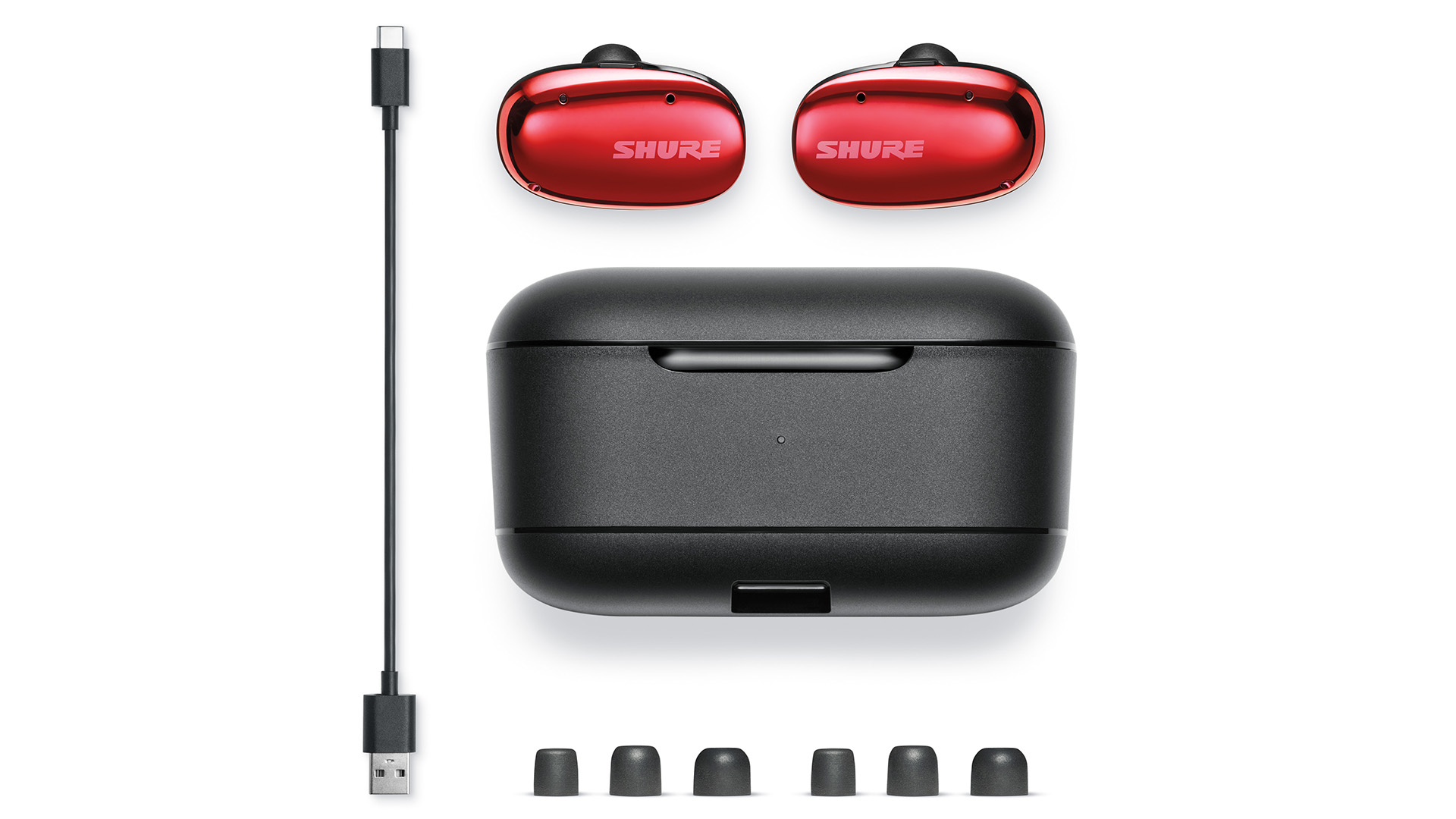
It’s perhaps best to start with what you’re not getting, because there’s plenty to rave about later. Firstly, there’s no active noise cancellation onboard. Shure has gone to great lengths to extol the virtues of its passive sound isolation technology based on its professional in-ear stage monitors, which it claims will comfortably block up to 37dB. The cynical among us might think this a clever marketing ploy to swerve buyers away from the fact that there’s no ANC processing. We can tell you that the passive noise isolation here beats most ANC solutions out there at the price – and as there’s no anti-phase creation going on, it won’t drain your battery or encourage the nauseating vacuum effect that some budget buds are guilty of.
You’re also not getting wearer-detection for automatic pausing of music when you remove them, nor Sidetone to better hear your voice in calls (although you can deploy Environment Mode when on the phone, which works almost as well).
Now to the perks, because there are plenty for the money. The ShurePlus Play App is slick, intuitive, reliable and offers more performance tweaks than we’re used to seeing at this level. There are no fewer than seven EQ presets to choose from and you can create your own from scratch (using frequency, gain, and bandwidth parameters) or duplicate one of the given presets and work from that.
Aside from neatly showing the battery life of each earbud, other in-app features include the ability to personalise the prompts and tones you may (or may not) want to hear when Bluetooth is disconnected or the battery is low. You can even activate ‘busy light’ to initiate a red light on the side of your earphones, which will illuminate when you’re on a call.
Two features really worth mentioning are the Environment Mode slider and PausePlus. Environment Mode (often called 'Ambient Aware') is becoming fairly standard, but this levelled-up version includes a ten-increment slider in addition to just being toggled ‘on’ or ‘off’. At the top two levels, we find there’s a bit of a hiss, but at lower levels it is very useful, allowing us to hear passing cars, bikes and general voices without distorting our music. And the best part? PausePlus. This is a feature that, when toggled on, activates your chosen level of Environment Mode as soon as you pause playback (perhaps when someone says hi) but not when you’re actually listening to your tunes. We’ve often knocked other in-ears for providing an ambient aware feature but making it too difficult to activate when you actually need it – to the point that we’d rather just remove an earpiece. That is not the case here and we wish other earbud makers would follow suit.
Sound
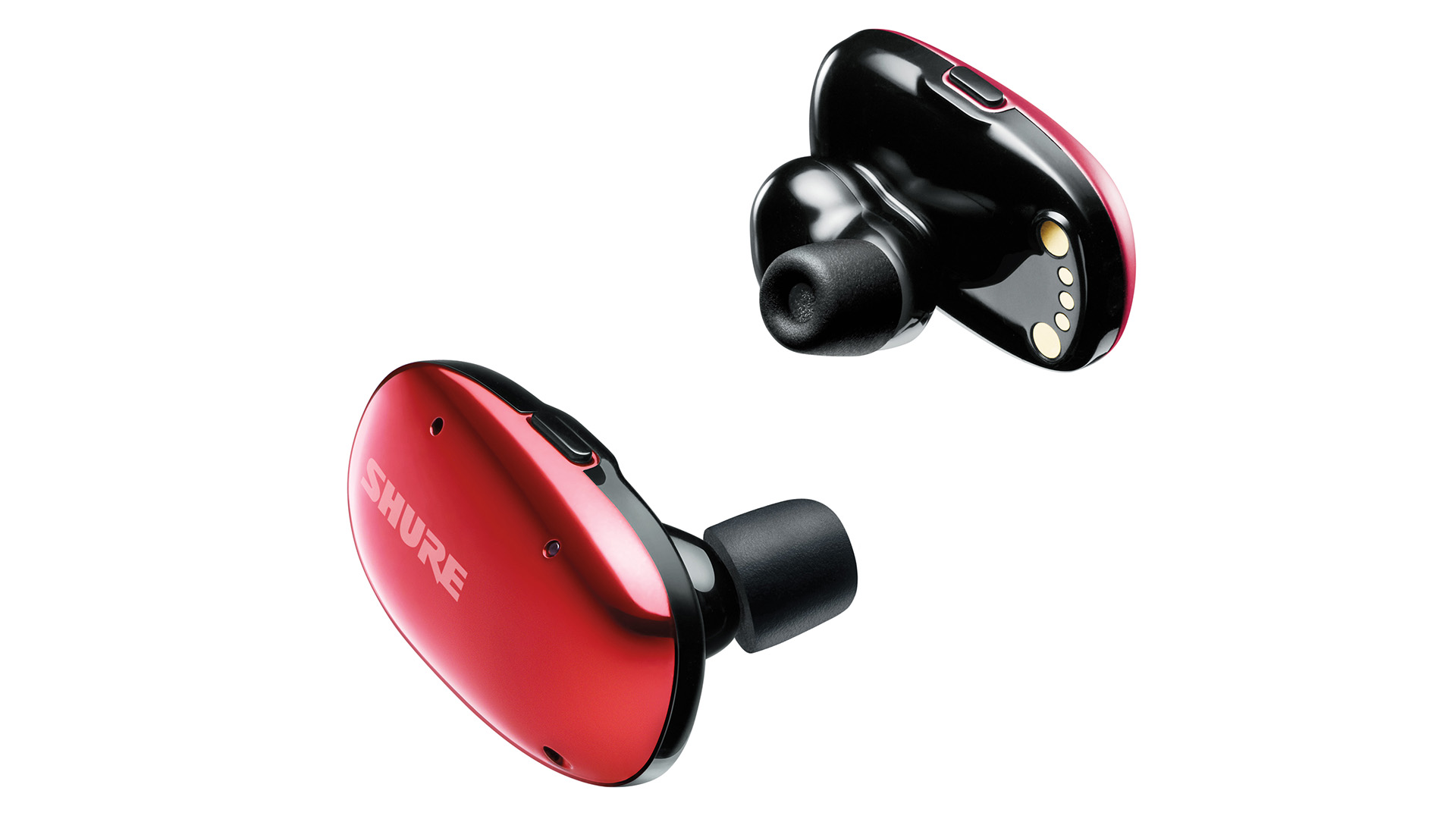
We start by streaming Bruce Springsteen’s Thunder Road on Apple Music. The keys here have all of the prominent, driving musical theatre quality they should, but not to the detriment of the Boss’ vocal, which is central and textured. As the guitar joins we’re treated to a cohesive, spacious and well-timed performance, with each sonic article finding its place in a masterfully layered mix for the level.
Switching to Kurt Elling’s The Waking, there’s depth and clarity to the agile bass, with the leading edges of Elling’s vocal stylings delivered with every ounce of clarity the artist afforded them. If you prefer a more easy-going listen, the Sony WF-1000XM4 offer a marginally bassier and more zealous presentation, but fans of Shure’s accurate and unashamedly precise sound profile will find much to celebrate here.
Stream Prince’s Sign O’ the Times, and as we’re enjoying the expertly handled vibraphone and drum crashes, we become aware that the Aonic Free are also very talented when it comes to relaying detail in vocals. When Prince is singing “Will anybody see the dawn?”, there’s a stifled laugh in his voice which lesser in-ears can’t capture. Here, it’s admirably delivered – subtle, yet impossible to miss.
Although Sony’s XM4 deliver a marginally more accessible sound – for want of a better word, they occasionally sound more fun – the Shure Aonic Free’s sonic recipe brims with precision, preferring to major in analysis. And that’s no bad thing.
Verdict
If you can get past the slightly bulky case, lack of active noise cancellation and somewhat retro design, there’s much to enjoy in Shure’s debut traditional true wireless earbuds. The ShurePlus Play app is a joy to use and the levels of passive isolation you get when wearing the earbuds is admirable, but the star of the show is your music collection.
Ultimately, Shure’s trademark sonic profile is faithfully celebrated and delivered in the Aonic Free: expansive, clear across the frequencies, layered, emotive and with enough reserve to celebrate the nuances in your chosen source material.
SCORES
- Build 4
- Features 4
- Sound 5
MORE:
Read our review of the Sony WF-1000XM4
Also consider the Bose QuietComfort Earbuds
These are the best wireless earbuds: budget and premium
What Hi-Fi?, founded in 1976, is the world's leading independent guide to buying and owning hi-fi and home entertainment products. Our comprehensive tests help you buy the very best for your money, with our advice sections giving you step-by-step information on how to get even more from your music and movies. Everything is tested by our dedicated team of in-house reviewers in our custom-built test rooms in London, Reading and Bath. Our coveted five-star rating and Awards are recognised all over the world as the ultimate seal of approval, so you can buy with absolute confidence.

